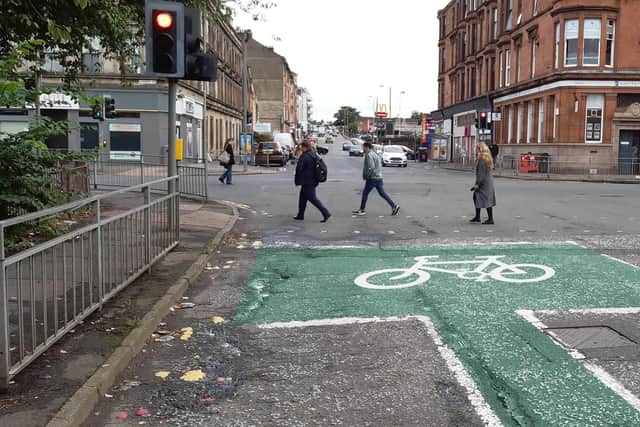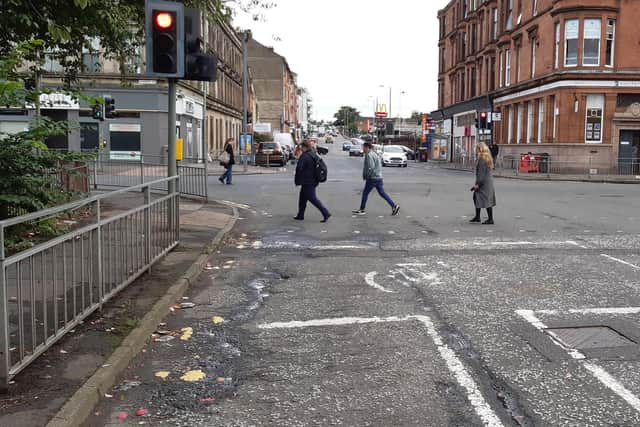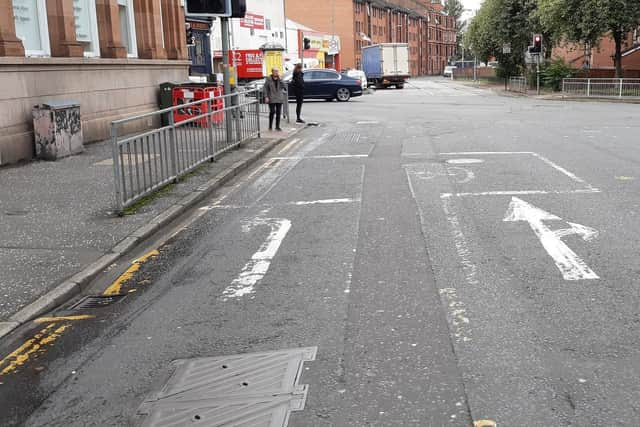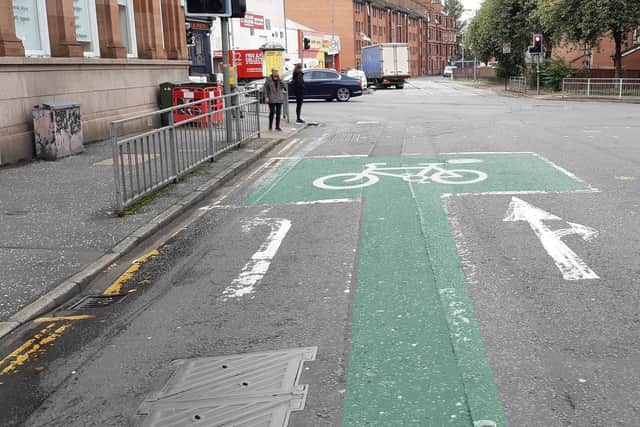Make cycle lanes far more conspicuous to keep drivers clear of them – Alastair Dalton
The Scottish Government has massively increased its “active travel” budget, which is due to rise to some £230 million a year by 2024 – nearly six times more than it was five years ago.
During the current 2022-23 financial year alone, ministers have allocated around £100m for cycling improvements, including to the national cycle network and other routes.
Advertisement
Hide AdAdvertisement
Hide AdAs part of the SNP’s power-sharing deal with the Scottish Greens after last year’s Holyrood election, an active travel minister has even been appointed – Patrick Harvie of the Greens.


He later revelled in the nickname jokingly given to him by a campaigner at the Cycling Scotland conference of “minister for carrots”, such is his growing budget.
But before cycling officials in his department rub their hands with glee at the thought of being able to fund a fancy new all-singing, all-dancing network of new cycle routes, there’s one fundamental thing that must not be forgotten.
They must equally attend to what we’ve got already – because some of it is in a shocking state.
Three years ago, I wrote about bike lanes in some Scottish cities being in such bad condition they looked like “archeological evidence of a past civilisation that once encouraged cycling”.


Not only are parts of those lanes now in an even worse state, but some subsequent improvements, such as new markings to highlight dedicated cycling space to drivers and riders alike, have all but disappeared under the constant wear of vehicle tyres.
A key example is advanced stop lines at traffic light junctions.
They aren’t just “nice to have” features enabling cyclists to get a head-start when the lights go green.


Advertisement
Hide AdAdvertisement
Hide AdAt junctions with a left-turn-only lane, these marked boxes are crucial in helping to protect cyclists forced to use the right lane to go straight on or turn right.
When other vehicles block these boxes, it’s often because their drivers haven’t noticed them as a result of their faded or completely erased markings, rather than deliberately ignoring them – and it’s a traffic offence.
Where lines and cycle symbols have been repainted, I’ve noticed a very marked improvement in compliance.
The same goes for cycle lanes. The more prominent they are, the less likely they will be blocked by parked vehicles and the more confident riders will feel using them, with the markings adding to cyclists’ visibility.


But we could go one stage further and paint cycle lanes and advanced stop lines green – as some of them were before their colouring faded too.
Double yellow lines and “armadillo” cycle-lane separators on several upgraded cycle lanes in Glasgow haven’t deterred some drivers from parking across them, but colouring them green would at least be likely to make them think twice. It might occur to them that they could be breaking the law, as well as infringing cyclists’ safety.
Councils, which are responsible for maintaining such infrastructure, have just had their “cycling, walking and safer routes” budget increased by the Scottish Government from nearly £24m to £35m this year.
Serious thought must be given to prioritising better maintenance when deciding how this cash is spent.
Comments
Want to join the conversation? Please or to comment on this article.
